Crabapples remind me of the “Lemon Tree” folk song by Peter, Paul, and Mary. For those too young to remember, the lyrics went —
But the fruit of the poor lemon is impossible to eat.”
But like many other sour or bitter fruits, sugar makes this fruit palatable and helps to bring out the vibrant, spicy flavor of crabapples when used in jelly and preserves. They can also be pickled, used in pies, added to homemade apple cider, or made into wine. But sometimes it’s difficult to know when the fruit is ripe since the taste is not a good guide. To tell if a crabapple is ripe, cut it in half through the middle. If the seeds are brown, the fruit is ripe.
Crabapples are high in pectin, so it’s very easy to make jelly without using additional pectin. But, not all crabapples have the same amount of pectin, so you may have to cook the jelly longer if you’re using a variety with low pectin. An easy way to check the amount of pectin in the juice before you cook the jelly is to use the method demonstrated here in this excellent video.
Another way to check the pectin set is to cook the jelly until it reaches 220°. Using a small teaspoon, drizzle a small amount of the hot jelly onto a very cold plate and let it rest for a minute or so. If it thickens and ‘sets’, the jelly is ready. If it’s still runny, cook jelly for 3 – 4 minutes and test it again before canning, (If all else fails, you’ll have a delicious crabapple syrup for waffles and pancakes!)
Depending on the variety and color of the crabapple skin, the jelly can be a jewel red or a golden color. If you like the vibrant red jelly, use crabapples with brilliant red skins. (Or, you can cheat a little and add a drop or two of red food coloring if your crabapple jelly is a bit drab in color.)
Classic Crabapple Jelly
3 – 4 pounds firm, ripe, crisp crabapples
4 cups sugar
METHOD:
To Make the Juice
Sort, wash and remove stem and blossom ends; do not peel or core. Cut crabapples into small-sized chunks. Place apples into a large pot and add 3 cups of water, cover and bring to a boil on high heat. Stir to prevent scorching. Reduce heat and simmer for 20 minutes, or until crabapples are soft and tender.
Note — do not overcook; excess cooking will destroy the pectin, flavor, and color.
When the fruit is tender, strain the apple mixture through a double layer of dampened cheesecloth or a damp jelly bag. Suspend the bag over a bowl or pan, using a stand or colander to hold the bag. Drain the juice without pressing or squeezing, which will cause cloudy jelly.
You should have about 4 cups of juice.
To Make the Jelly
Combine 4 cups of crabapple juice with 4 cups of sugar in a wide, large pot and bring to a boil. Cook until it reaches 220°. Test the jelly set using the cold plate method explained above.
Lade jelly into 6 sterilized half-pint jars, leaving 1/4 inch headspace. Cap jars with lids and bands and process in a hot water bath for 10 minutes to seal. Remove the jars carefully from the water bath canner and place them on a towel-lined counter. Allow to sit undisturbed for 24 hours. Check for complete seals. (Refrigerate any jars that do not seal and use within a few weeks.)
Delicious Ways to Use Crab Apple Jelly
- Use crabapple jelly as you would any other jelly — spread on toast, scones, or biscuits.
- Warm slightly and brush onto grilled pork chops or a pork roast.
- Melt the jelly and use it as a glaze for apple or pear tart or a bread pudding.
- Serve as a condiment with pâté or a cheese platter.


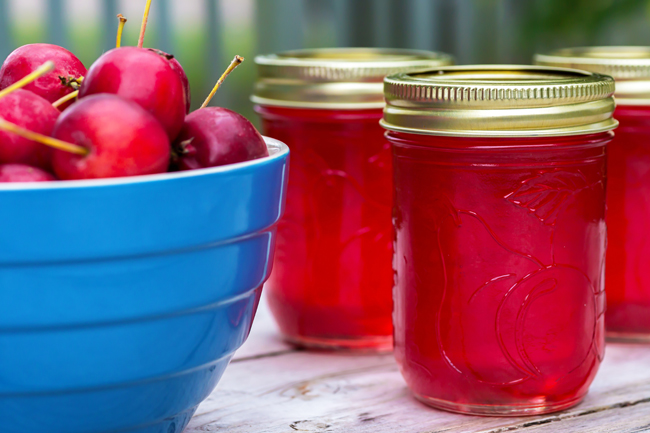

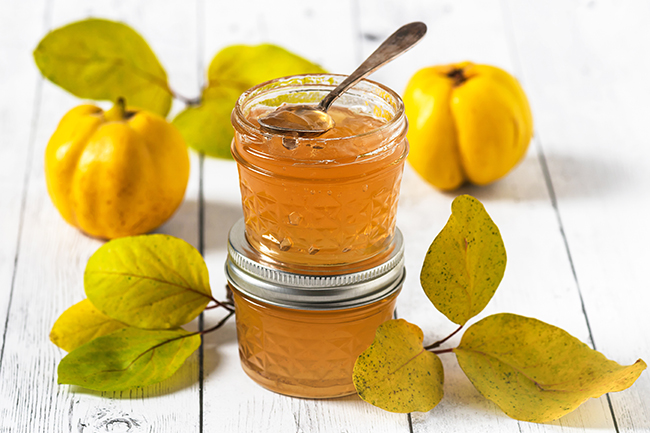




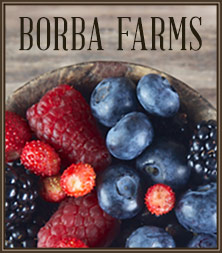



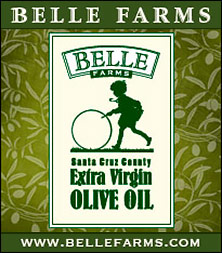
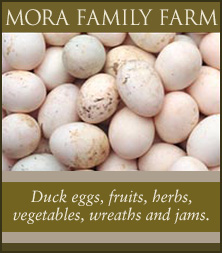




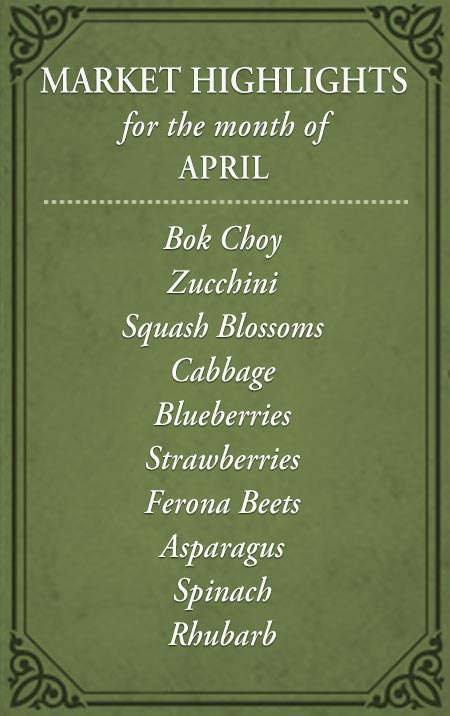




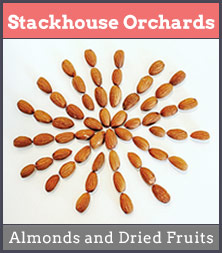



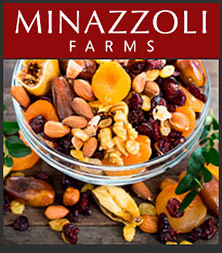

[…] How to Use Crabapples […]